No-Knead Beginner Sourdough Bread
Your folders
Your folders
Servings: 2
Author : Joshua Weissman

Ingredients
Export 8 ingredients for grocery delivery
Instructions
Step 1
Combine all the ingredients in a mixing bowl, and thoroughly stir until no dry clumps of flour remain. Transfer to a jar and close, but do not tighten to the point that it’s airtight.
Step 2
Ferment the levain for 6 hours at 78°. If you don’t have a fermentation station, leaving the levain jar in the oven with only the light on should approximate this environment.
Step 3
30 minutes before the levain fermentation is done, it’s time to start the autolyse process — mixing flour and water together to let it mingle. Combine the 3 flour types for the dough in a big mixing bowl, and mix by hand. Add the filtered, heated water, and mix by hand again until all the flour is hydrated. Cover the bowl with plastic wrap or a damp towel for the next 30 minutes as the levain finishes fermenting.
Step 4
After the autolyse is done, sprinkle the salt across the dough and then add all the levain on top of the dough. Wet your hands with water, and spread the levain across the surface of the dough. Then dimple, pinch and stir the mixture to incorporate everything.
Step 5
Cover the bowl back up, and place it back in the oven or fermentation station. Let the dough sit for 3 to 4 hours until it doubles in size. During this period, you’ll fold the dough — wetting your hand, stretching a bit of the perimeter as far as it can go without breaking and literally folding it over — 3 times. The first 2 folds should be 15 minutes apart; the last fold comes 30 minutes after that. After folding, let the bread sit for the remainder of the fermentation period. The dough should have some signs of bubbly activity by the end.
Step 6
Scoop the dough out onto an unfloured surface. Make a floured line down the center of the dough, and divide the dough down that line to separate the 2 halves. Using a floured bread scraper, turn each half of the dough into a sphere, then cover with an overturned bowl for 15 minutes. Then, let the dough sit for an additional 10 minutes.
Step 7
Dust 2 kitchen towels with rice flour, place them each in a large bowl and set aside. Turning back to the dough, use all-purpose flour to dust the top of each sphere, then loosen the edges with the scraper and carefully flip the dough so the unfloured side is on top. Grab the bottom of the dough, and stretch and fold halfway over. Repeat this process for the left, right and top sides. Gently flip the dough over so the folded seams face down, then use your fingers to pull the dough in toward yourself to form a tight circle.
Step 8
Place the dough for both loaves, seam side up, into the large bowls, put them, bowl and all, into a large plastic bag (or multiple, tied up, if needed) and set them in the fridge to sit for 14–15 hours or overnight. This process is called “proofing” the dough.
Step 9
The next morning, it’s bake day. Place a Dutch oven into the oven on a low rack. Preheat to 500°, and let the empty Dutch oven warm in the preheated oven for a total of 1 hour. Once you’re ready to bake, take the dough for the first loaf out of the fridge. (You’ll bake the second loaf after the first finishes, unless you have two Dutch ovens.) Dust the surface of your loaf and score your loaf if desired. Using oven mitts, place the dough in the Dutch oven and place the whole thing back in the oven.
Step 10
Bake with the lid on for 20 minutes at 500°, then take the lid off and bake at 475° for an additional 25–30 minutes (or until the loaf is a deep, rich brown).
Top similar recipes
Curated for youYour folders

 167 views
167 viewsNo-Knead Beginner Sourdough
amybakesbread.com
4.8
(13)
45 minutes
Your folders
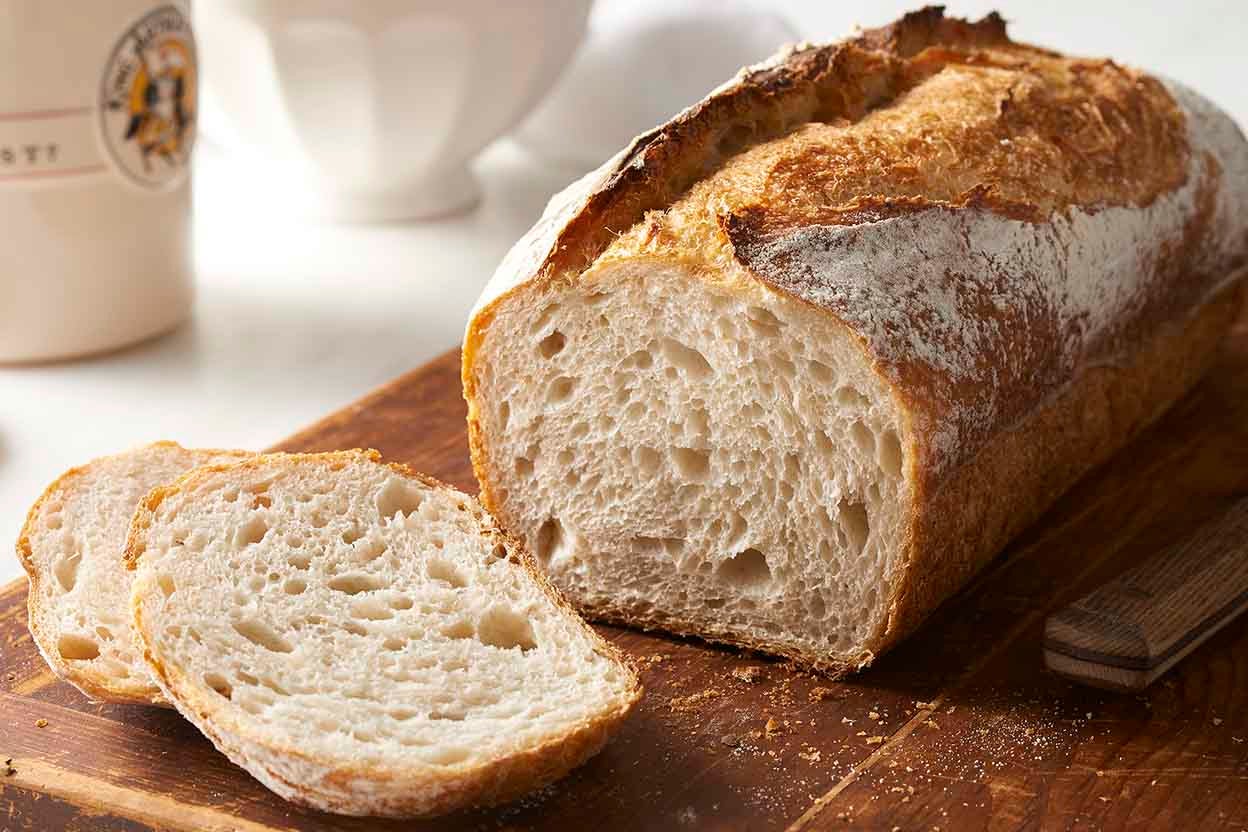
 855 views
855 viewsNo-Knead Sourdough Bread
kingarthurbaking.com
4.8
(255)
1 hours
Your folders

 290 views
290 viewsSourdough No-Knead Bread
cooking.nytimes.com
4.0
(2.0k)
Your folders
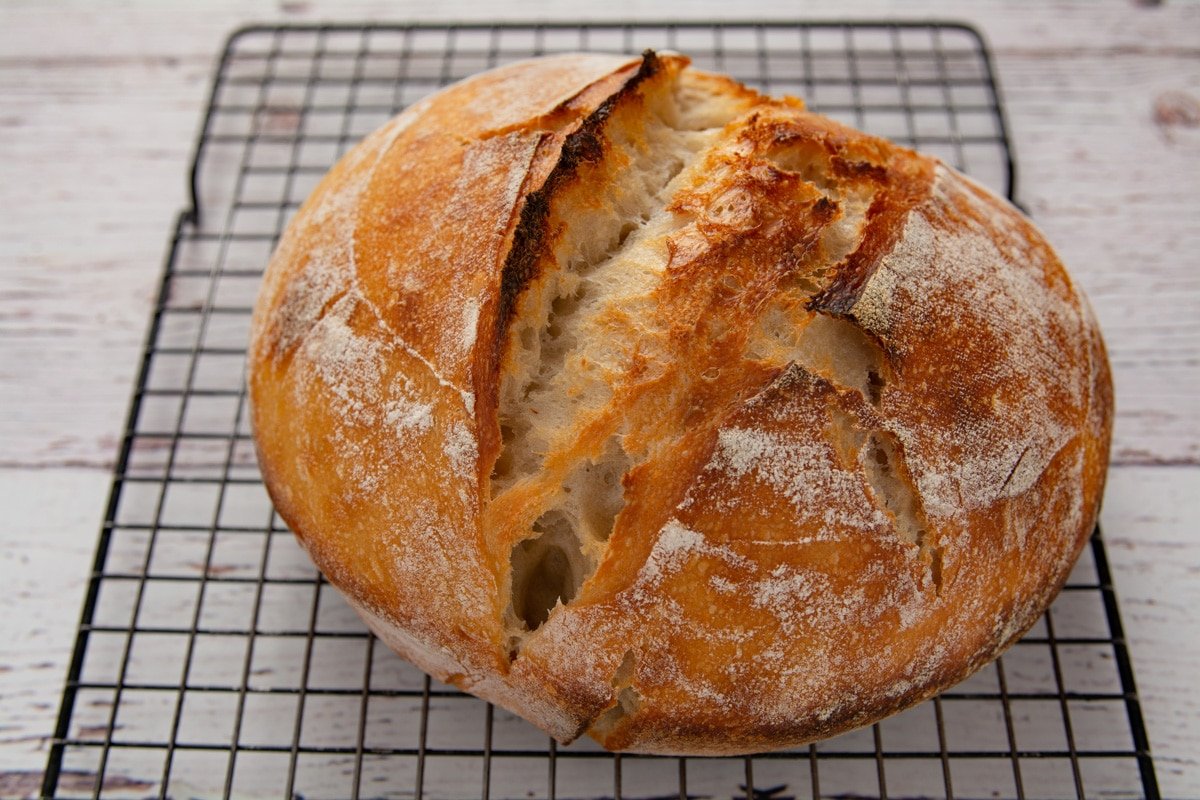
 398 views
398 viewsNo Knead Sourdough Bread
jamesstrange.com
45 minutes
Your folders
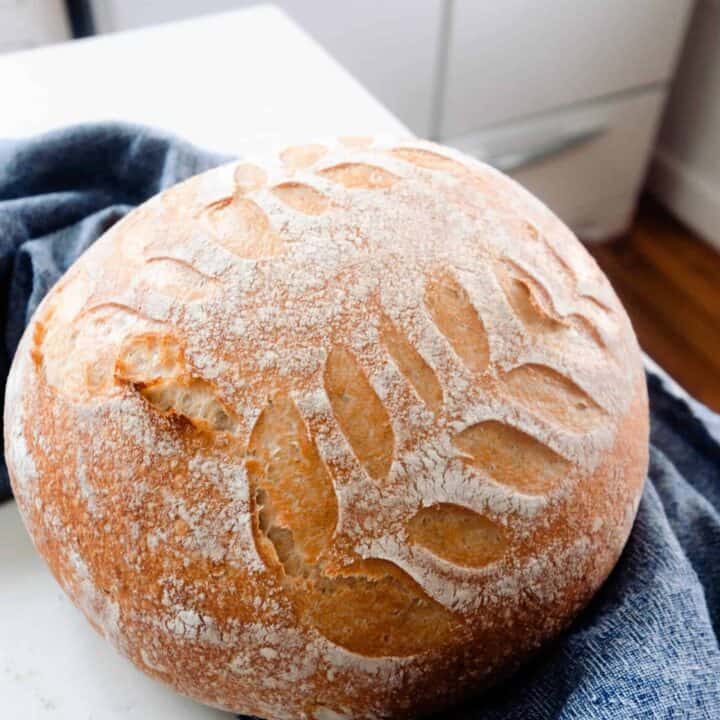
 364 views
364 viewsNo-Knead Sourdough Bread
farmhouseonboone.com
4.6
(164)
45 minutes
Your folders

 129 views
129 viewsNo-Knead Sourdough Bread
food52.com
4.8
(45)
50 minutes
Your folders
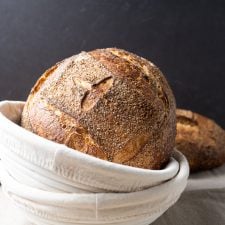
 338 views
338 viewsEasy No-Knead Sourdough Bread
theperfectloaf.com
55 minutes
Your folders

 646 views
646 viewsNo-Knead Everyday Sourdough Bread
baked-theblog.com
4.6
(159)
1 hours
Your folders

 248 views
248 viewsNo-Knead Sourdough Bread Recipe
nourishedkitchen.com
5.0
(5)
45 minutes
Your folders

 397 views
397 viewsArtisan Sourdough No-Knead Bread
breadtopia.com
34 minutes
Your folders
 70 views
70 viewsEasy No-Knead Sourdough Bread
ourgabledhome.com
5.0
(1)
Your folders
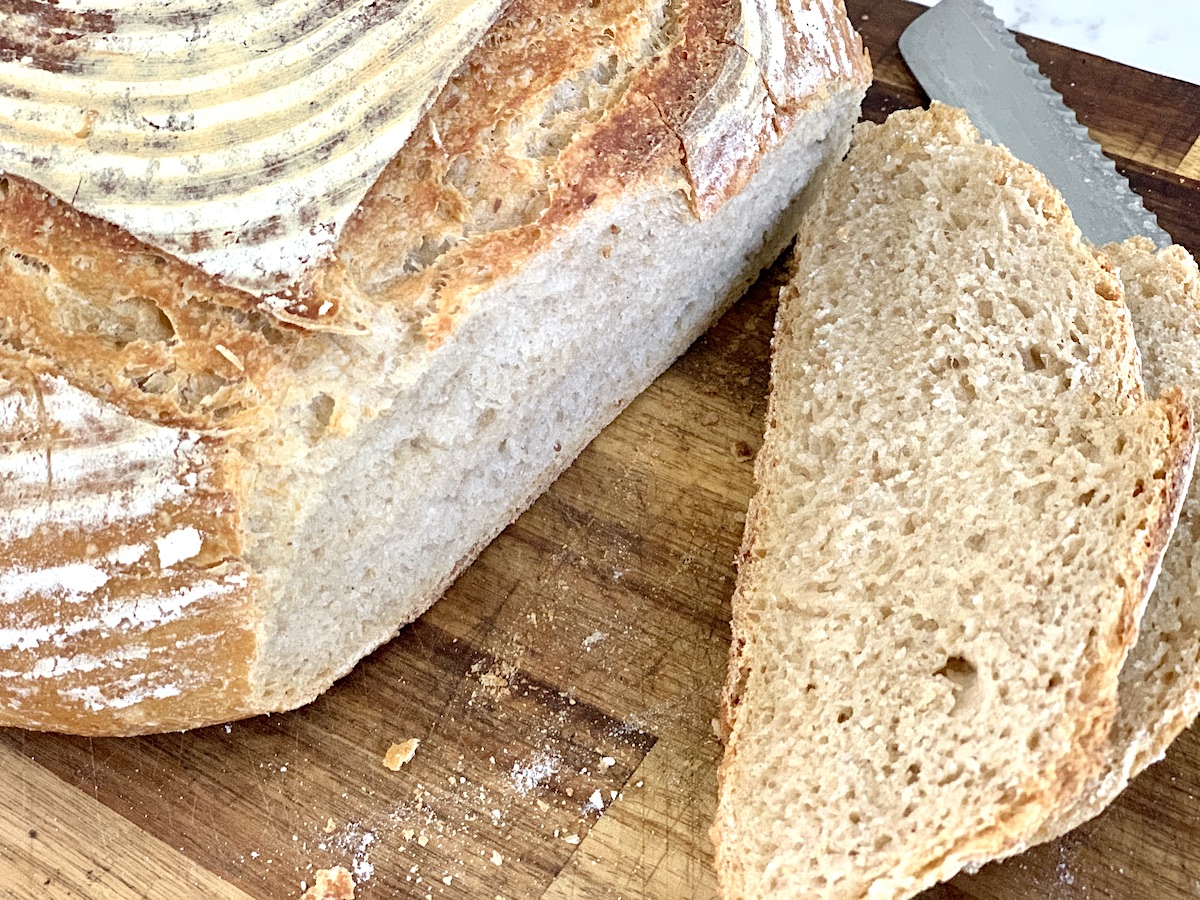
 244 views
244 viewsEasy No-Knead Sourdough Bread
ourgabledhome.com
4.7
(16)
60 minutes
Your folders

 159 views
159 viewsNo Knead Sourdough Bread Recipe
livingonadime.com
Your folders

 184 views
184 viewsNo Knead Sourdough Bread Recipe
livingonadime.com
Your folders

 119 views
119 viewsSourdough Discard Bread (No Knead)
lynnswayoflife.com
5.0
(78)
60 minutes
Your folders
 81 views
81 viewsSourdough Discard Bread (No Knead)
print.grow.me
Your folders

 262 views
262 viewsBeginner Overnight Sourdough Bread
thrilledfoodie.com
5.0
(16)
45 minutes
Your folders

 149 views
149 viewsBeginner Sourdough Bread Recipe
sourdoughjesha.com
5.0
(6)
35 minutes
Your folders
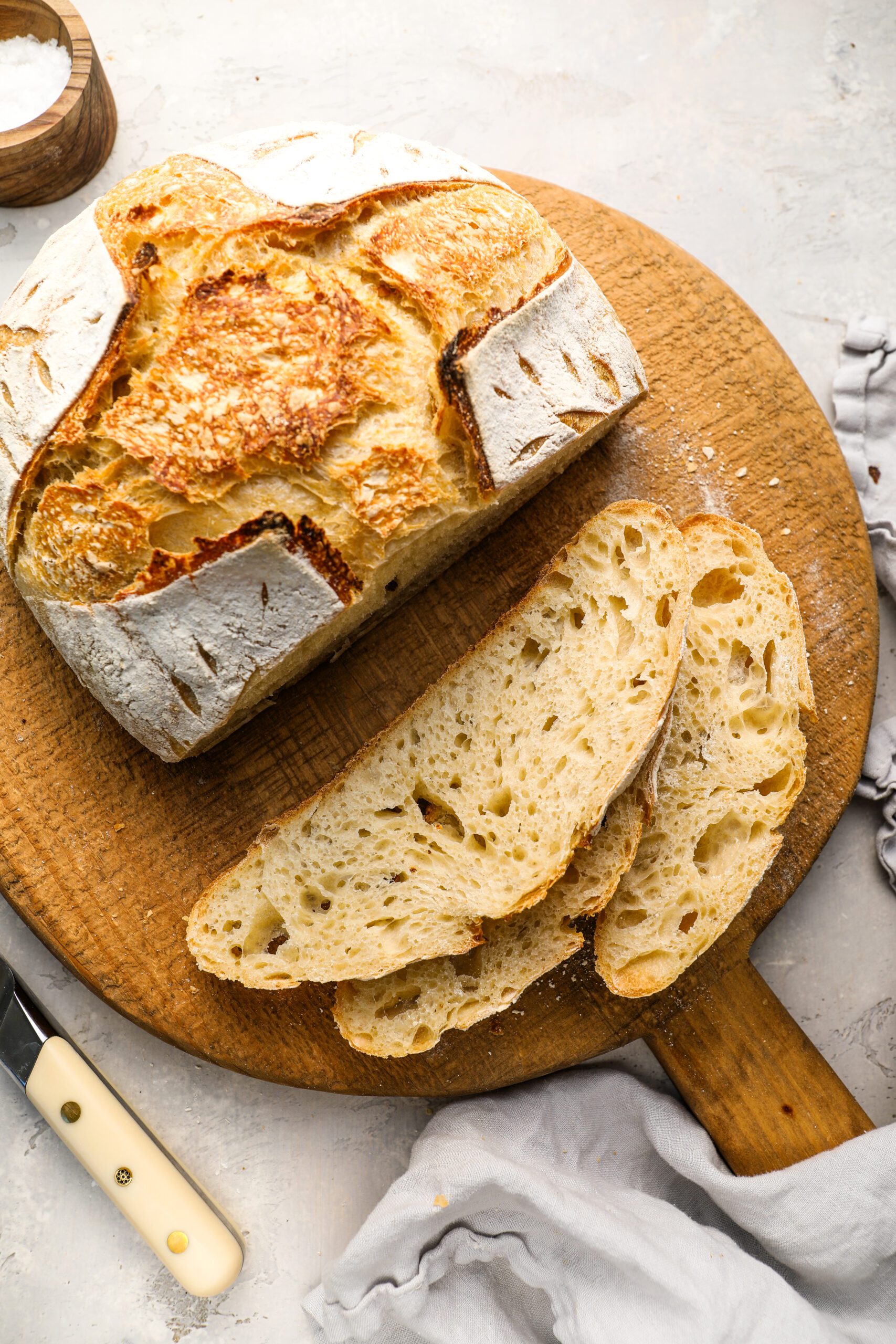
 75 views
75 viewsBeginner Sourdough Bread Recipe
onceuponachef.com
40 minutes